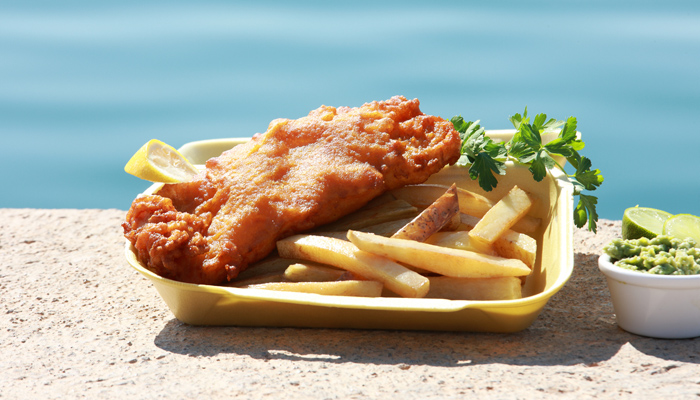Creative Marketing Ideas for Small Businesses
Even without the marketing budgets of big businesses, SMEs continue to find ingenious ways to appeal to new customers. We’ve collated a selection of successful strategies that any small business can use to stay relevant and win new leads.
1. Use content marketing
Content marketing encompasses a vast number of marketing tools which can help grow your business. Content marketing includes social media, videos, blogs and articles, events, SEO (search engine optimisation). Finding your niche on social media can be tricky but once you’ve found it, you can enjoy the rewards.
Example 1: Gymshark
Founded in 2012 by a group of university students, Gymshark has become one of the most popular brands in the world in the fitness market in a short space of time. Gymshark tends to prioritise digital marketing over traditional offline methods, building up an engaged following on social media platforms, including Instagram (6.4m followers), TikTok (5m followers) and Facebook (2m followers) to name a few. Rather than using the one-size fits all approach, Gymshark tailors its content on each social media platform. For example, on:
- Facebook – memes, poll and motivational posts;
- Instagram – influencer content, occasional memes and relatable posts from their Twitter channel;
- Pinterest – apparel and workout routines;
- TikTok – thought provoking would you rather style questions;
- Twitter – memes and relatable tweets;
- Youtube - workouts and how to videos.
Gymshark has recognised that each channel speaks to a different demographic and the importance of adapting your marketing approach to speak the language of your customer and meet their needs.
Example 2: Merwave
Empowering women to embrace their hair type, Merwave are making waves on the content marketing front. A business born during lockdown 2020, within three years over 50,000 women have tried the Merwave wavy hair kit to help embrace their natural hair type. The brand’s marketing approach features user generated content showcasing before and afters, instructional content, and a Facebook group where over 6,000 members where they can share their own haircare tips and advice.
Merwave’s latest campaign involves approaching women on the street to discuss their hair needs, tell them about the Merwave product and then showing the results. This hands-on tactic combines traditional offline marketing approach with a digital slant, allowing the brand to use these interactions as testimonials for the brand.
2. Target customers where they live
When you participate in mainstream advertising, your ads are up against all of your competitors’. Instead, try to find innovative ways to meet new customers—you might be able to sidestep the competition.
One enterprising photographer found unconventional success by advertising in the bathroom of a local bar. Upon realising that many of her clients frequented one local establishment, she hung inexpensive ads on the bathroom doors and watched new customers flood in.
3. Give back to your customers
Personalised "thank yous", free giveaways, promotional discounts, and a healthy amount of social media interaction with your customers are all great ways to give back to the people supporting your business.
One restaurant, in Kent, encourages diners to lock up their phones in a small makeshift table-top phone jail for the duration of their meal and as a reward they get 20% off their food bill. The “Dinner is Better When We Eat Together” incentive was developed as an incentive for people to detach from their smart phones and reconnect with one another.
4. Set up a referral program
Speaking of giving back to your customers, referral or programs are a great way to give back and garner some positive word-of-mouth for your business. Referral programs are simple bonuses that you award existing customers whenever they recommend your business to a friend.
For example, when you refer someone to Huel, the plant-based meal replacement powdered food, both you and the person you referred get £10 off* your next order. *T&Cs apply.
5. Set up a loyalty program
Loyalty programmes are a popular customer retention tool that gives customers an incentive to continue buying from you. If well executed, loyalty programs can make customers feel seen and valued. They help build stronger relationships between your business and the customer, give you a competitive advantage, encourage word-of-mouth and importantly help boost revenue. There are many different approaches you can take with loyalty cards, such as:
Example 1: The Cool As Leicester Black Card
Launched in 2020, ‘The Cool As Leicester Black Card’ entitles the holding to exclusive discounts, special offers and flash deals on food and drink, activities and historically discounted theatre tickets, football games and comedy shows. The card is an example of a fee-based loyalty program where the member pays £20 up front for the benefits they can use year round.
Example 2: Speciality Coffee Disloyalty Card
As mentioned, a loyalty program is a great way to engage with existing customers, but for one group of local businesses in Scotland, they decided to flip the traditional loyalty program on its head and introduce a ‘Disloyalty Card’. The Disloyalty Card showed six individual coffee shops banding together to encourage customers to visit each café and in return, enjoy a free coffee from the coffee shop of your choice when you have filled the card. This innovative approach shows a camaraderie form between six coffee shops that in theory should have been competitors.
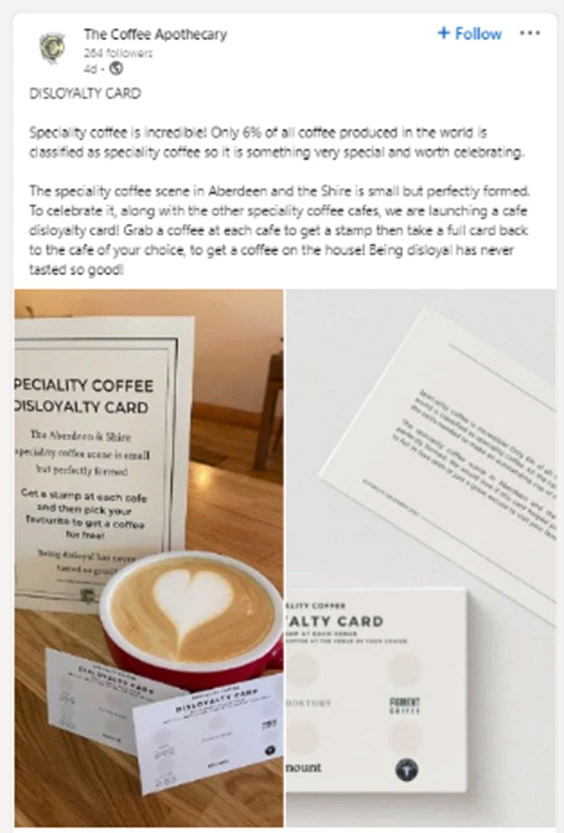
6. Tap into current trends
There’s no better way to draw a crowd than to tap into whatever hype is currently gripping the nation. Here’s three examples of businesses tapping into trends to benefit their organisation:
Example 1: WWF
In 2023, Twitter’s decision to rebrand to simply ‘X’ created waves of controversy. And although the rebrand didn’t directly impact the WWF (World Wide Fund for Nature), they seized the opportunity to convey a much more serious message.
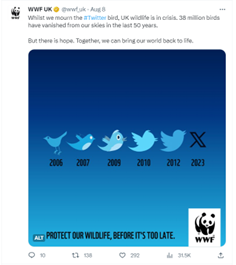
By joining a conversation that was ongoing, WWF was able to shine a light on the trouble facing our wildlife in a simple yet clever campaign.
Example 2: Pokémon Go
Alternatively, think back to 2016 when Pokémon Go, a mobile game, swept the nation. At its peak, it was drawing in over well over 250 million people per month, allowing users to find digital creatures in the real world. Players find items in this game by visiting Pokéstops, which are always situated in real-life locations. Many small businesses, such as Mad Fox Brewing, found tremendous success by advertising their shops as Pokéstops or by tapping into the craze with discounts and promotional offers.
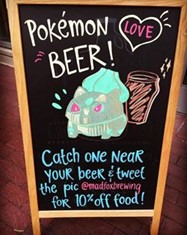
Example 3: Harry Potter Mania
Businesses worldwide borrowed the success of Harry Potter in a similar fashion. One neighbourhood in Calgary, Alberta actually transformed into "Diagon Alley" for a day—pubs re-branded themselves as "The Three Broomsticks" or "The Hog’s Head," while the local bookstore changed its name to "Flourish & Blotts" for 24 hours to promote the release of Harry Potter and the Cursed Child. Thousands of locals came from across the city to attend this event and shops enjoyed lineups that stretched down the street.
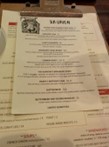
The lesson to take away is that it pays to keep your ear to the ground and find creative ways to use current trends to attract customers, you don't always need to pay a professional marketing consultant, sometimes the simple ideas are the best!
About the author
 Alison Wild BCom (Hons), MAAT, ATT, Taxation Technician is a highly respected industry professional who has been working with and advising SMEs in areas including tax, pensions, insurance and marketing for over 25 years. She is a member of the Association of Accounting Technicians (AAT) and Association of Tax Technicians (AAT) and also has considerable experience as a residential landlord.
Alison Wild BCom (Hons), MAAT, ATT, Taxation Technician is a highly respected industry professional who has been working with and advising SMEs in areas including tax, pensions, insurance and marketing for over 25 years. She is a member of the Association of Accounting Technicians (AAT) and Association of Tax Technicians (AAT) and also has considerable experience as a residential landlord.
Date: September 28, 2023
Category: Trade






